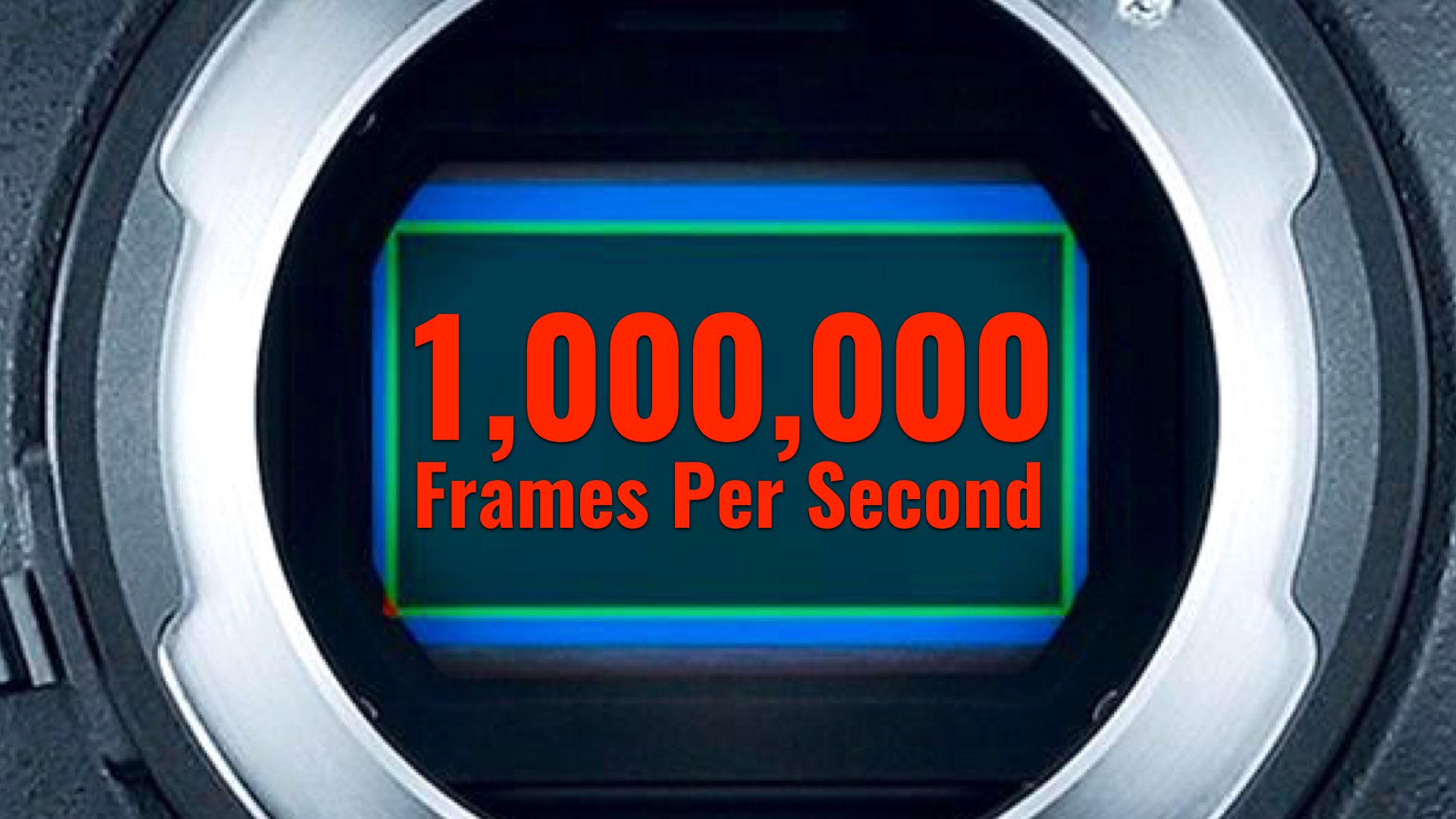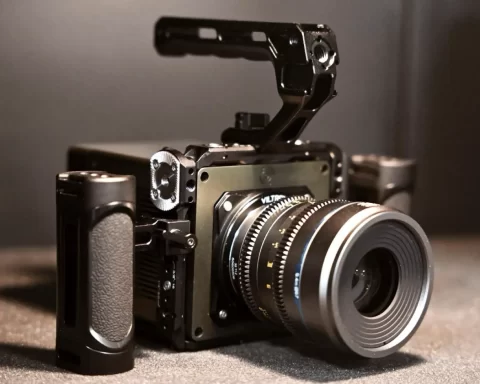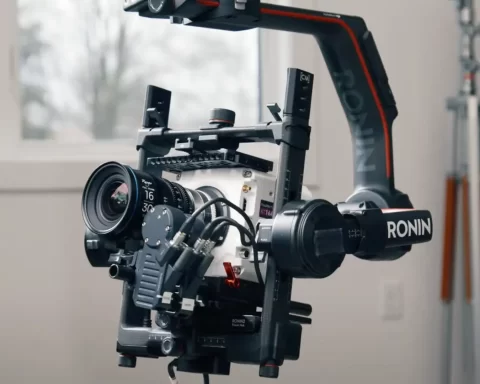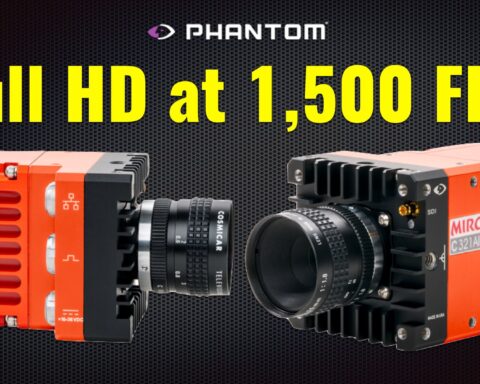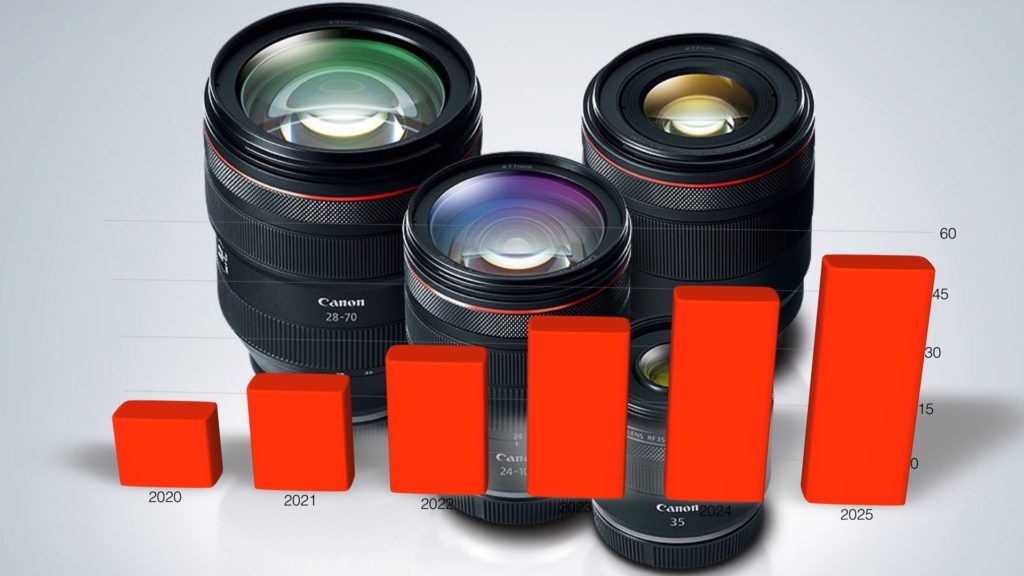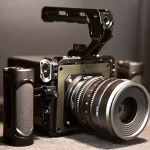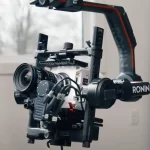Meet a new definition of video recording technology: Mfps (Millions of Frames Per Second). According to new research, this phenomenon can be achieved by a unique camera being developed at Heriot-Watt University. The ‘camera’ utilizes a novel architecture and advanced mathematical algorithm to deliver high-resolution images across its full speed range. And guess what. The R&D team claims that this camera will be much more affordable than the Phantom.

A ground-breaking camera research
This pioneered research has been conducted at Heriot-Watt University. The project, which has developed an advanced camera technology with consistent, full color, HD resolution at millions of frames per second (Mfps), is set to revolutionize how biomedical science, engineering, and combustion research is performed. Moreover, it is hoped the new technology will extend beyond traditional research and development to support industries across rail transportation, manufacturing, medicine, and quantum photonics, where demand for high-speed imaging has been identified, including filmmaking. Be reminded that Vision Research’s Phantom cameras were also developed to be utilized only in scientific applications before these tools were explored by filmmakers. There’s nothing more cinematic than a high-resolution super-slow-motion shot.
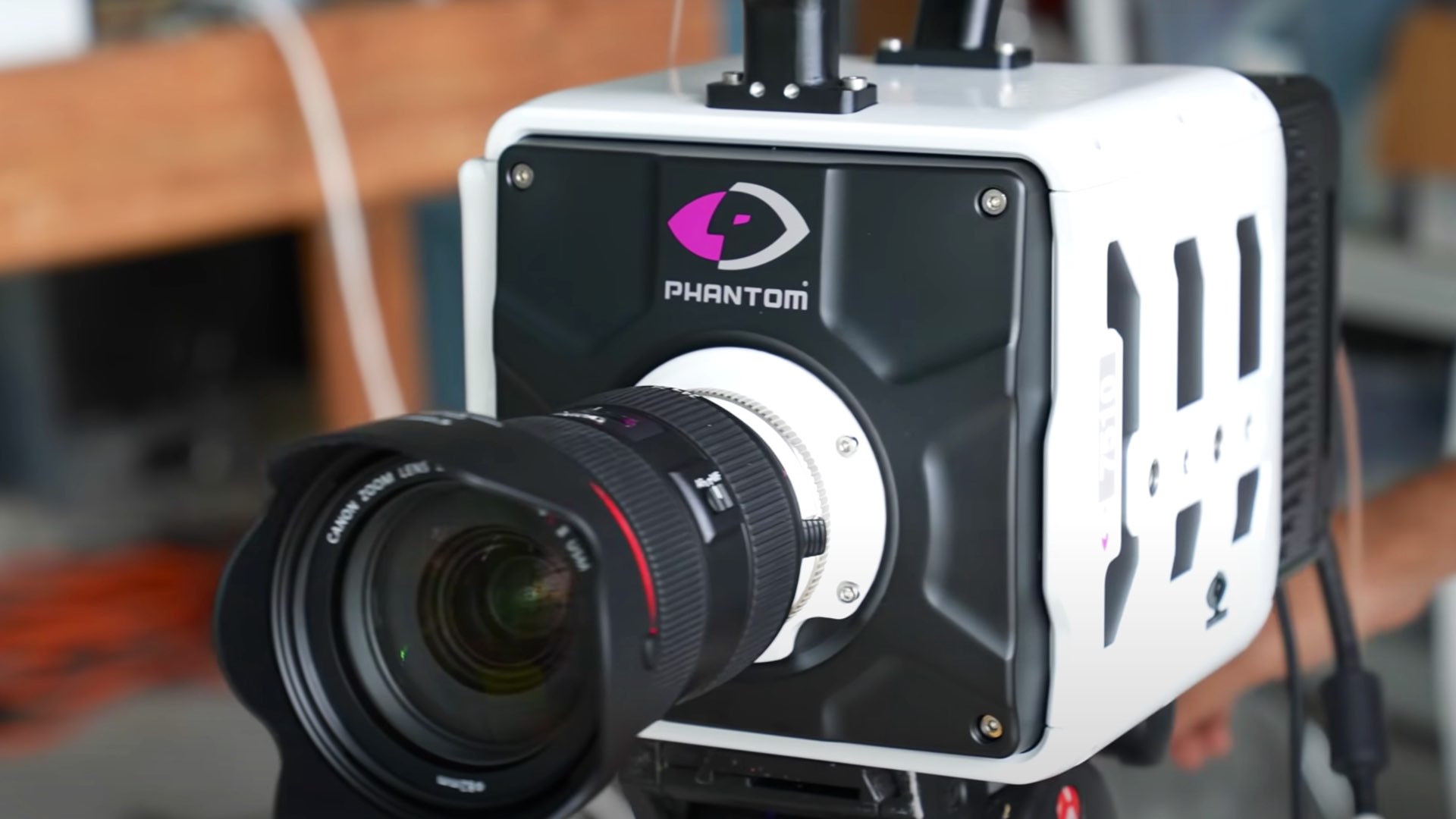
1 Mfps (Millions of Frames Per Second)
There’s a new definition in town. Mfps which is 1,000,000 frames per second. It needs to be noted that the newly announced Phantom TMX which is the fastest Phantom ever made, reaches 800,000fps with an exposure time of 600ns, and we even saw that (read our article: Shooting at 800,000FPS With the Phantom TMX). However, the main limitation when shooting ultra-high definition fps is the resolution. For instance, the Phantom TMX 7510 can shoot 500,000 FPS at 1280X96 resolution. Hence, it can be achieved but with a very narrow field of view (FOV). However, the new research claims to allow 1,000,000fps without compromising on the resolution. That means, the new ultra-high-speed camera will offer to shoot 1 Mfps at a resolution of HD, which is insane.
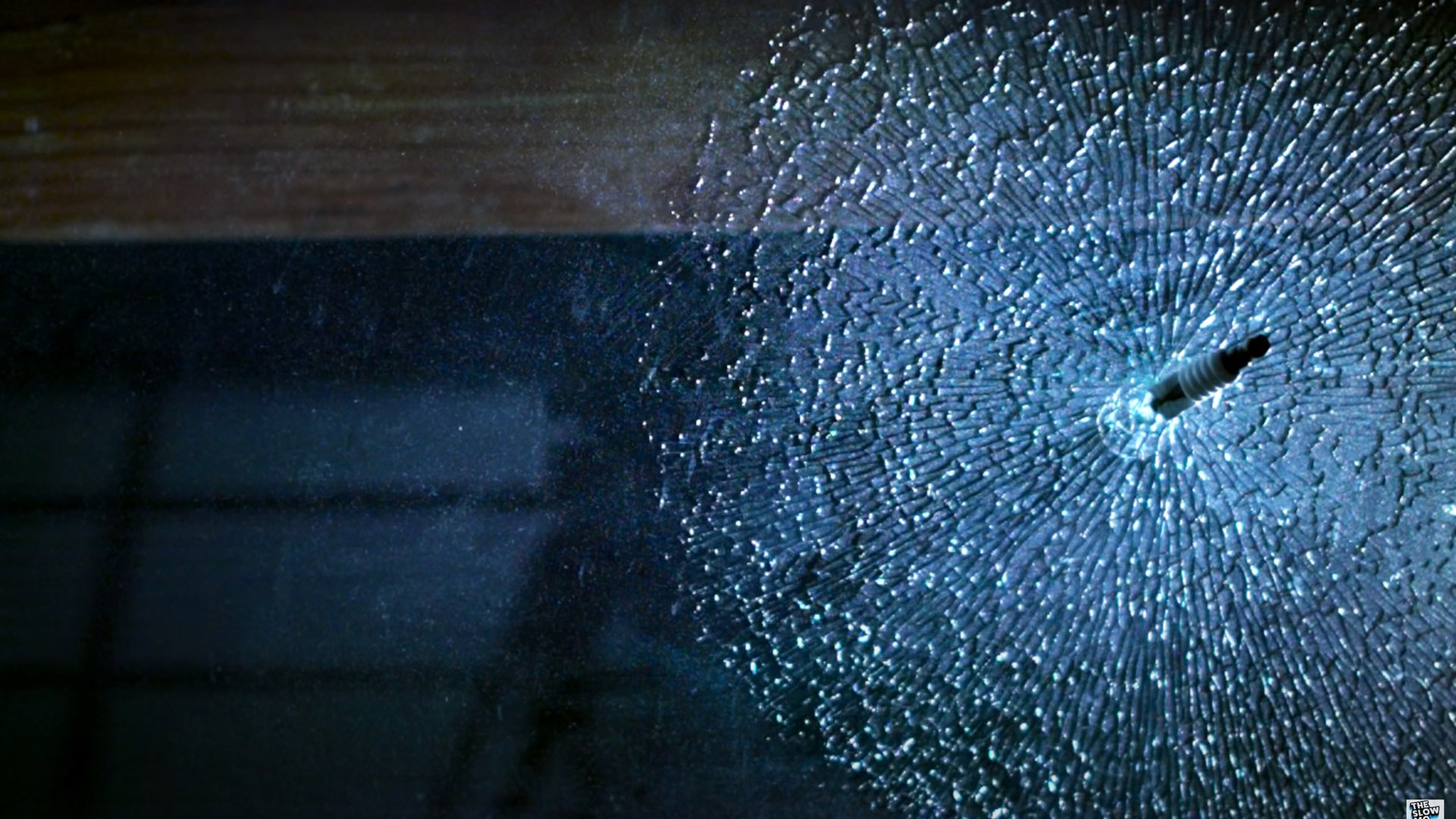
Affordability is the key
The new research claims to develop this 1 Mfps HD camera, with an affordable price tag. As stated by the researchers: “Most existing high-speed imaging systems achieve ultra-high frame rates at the expense of image resolution, making image quality a significant challenge. Additionally, these systems are very expensive, creating a potential financial barrier to industry and research organizations wishing to access the technology. The unique camera developed by Heriot-Watt University uses a novel architecture and advanced mathematical algorithm to deliver high-resolution images across its full speed range. Importantly, this has been achieved at a notably lower manufacturing cost than other market products by using ‘off-the-shelf’ components, making access to high-speed imaging more affordable”. So there you go. 1 Mfps at HD, and an affordable price tag. Dr. Xu Wang is the inventor of the technology and an associate professor in the Institute of Photonics and Quantum Sciences at Heriot-Watt University. Wang emphasized: “The most significant limitation of existing high-speed cameras is the poor resolution at high-frame-rate coupled with high cost. Our ground-breaking camera technology provides an affordable market solution that delivers ultra-high speed without compromising high-resolution thanks to its superior design and lower manufacturing cost”
Final insights
The camera is being developed by scientists and not by filmmakers, thus it will aim to serve scientific applications. However, as the Phantom was developed for explosions and outbursts investigations, its cinematic potential was immediately noticed. That will be the same case here. It reminds us of the “Stop The Time” scene from Transformers (which was not captured in-camera but VFX) that is exactly what it is – time-stopping imagery. Imagine a camera that can shoot 1,000,000 frames per second, in HD. And it’s affordable (compared to the Phantom which costs more than $80,000). Too good to be true. HOWEVER, till we see proofs, and/or shreds of evidence, take this project with a grain of salt. Heriot-Watt University hasn’t published any pictures of this camera, or something that looks like a camera, nor any usable images. Nevertheless, it doesn’t hurt dreaming. Let’s hope they will be release something soon.

